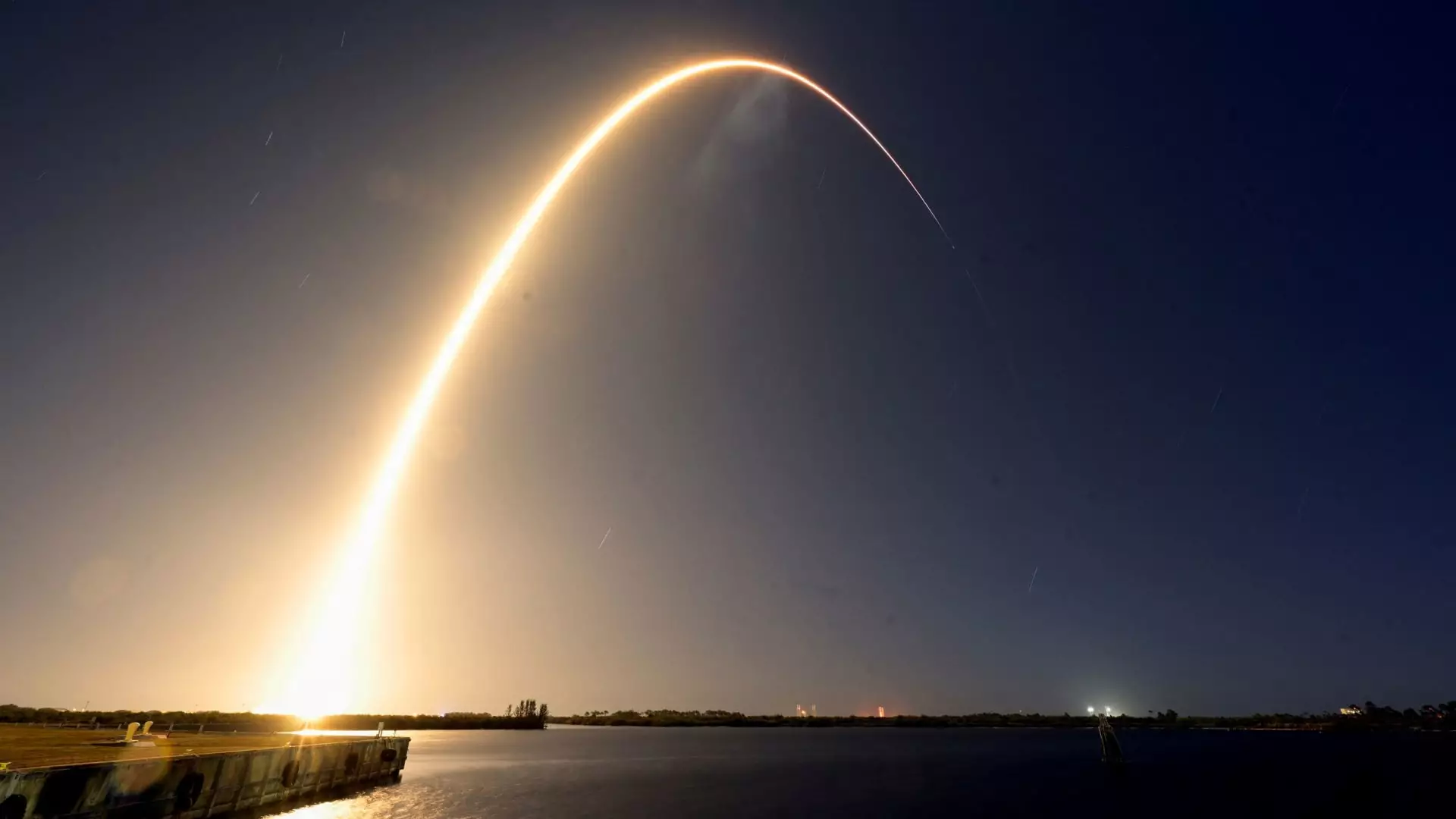The quest for lunar exploration has intensified in recent years, igniting competition among various aerospace companies eager to carve out their niche in this expanding market. Firefly Aerospace, a rocket and spacecraft manufacturer based in Texas, has recently ventured into this arena with an ambition-studded mission named “Blue Ghost.” Launched aboard SpaceX’s Falcon 9 rocket from Florida, this cargo lander signals a pivotal moment for Firefly as it seeks to establish itself in the evolving landscape of lunar services spearheaded by NASA.
Significance of the Blue Ghost Mission
The Blue Ghost mission is not just another tick in the box for Firefly Aerospace; it represents the company’s first foray into lunar logistics. As they transition from launching satellites with their Alpha rockets to operating lunar landers, the stakes are high. The mission comes in the wake of NASA’s Commercial Lunar Payload Services (CLPS) initiative, which aims to facilitate consistent transportation of science payloads to the Moon, supporting the Artemis program. With a $101 million NASA contract backing this mission, the expectations are enormous.
According to Firefly’s CEO, Jason Kim, their focus is unwavering and directed towards executing a successful landing on the lunar surface. Their commitment aims not only to finalize on-orbit operations but to also serve humanity’s broader agenda of returning to the Moon. This statement encapsulates the ambition driving not just Firefly, but the entire industry as they compete for a place in the new lunar economy.
The nearly seven-foot tall Blue Ghost lander is tasked with delivering ten government and commercial payloads, making it a substantial mission. Among its goals are the critical milestones set out by Firefly, which include the landing itself—a significant achievement within the space community. Prior to the landing, the mission has already crossed five of the listed 17 milestones, a promising start indicating substantial progress thus far.
The anticipation for the lunar landing on March 2 heightens as Blue Ghost aims to touch down in the Mare Crisium basin, the relatively calm sea on the Moon’s near side. It is an ambitious target that aligns with the interests not just of Firefly, but also of the scientific community eager for lunar data. Once landed, Firefly plans to operate the lander for a full lunar day, which is about 14 Earth days, demonstrating its capabilities.
The race for the Moon is far from linear, as highlighted by the previous attempts made by other companies such as Astrobotic and Intuitive Machines. Astrobotic encountered setbacks during its mission, while Intuitive Machines faced difficulties in landing but managed to survive. These experiences underline the challenges inherent in lunar exploration, with Firefly now stepping up to the plate as part of a pioneering group of companies vying for lunar dominance. It is essential to observe the broader implications of such engagement: as NASA anticipates, up to five companies are slated to launch lunar missions within the next fiscal year, suggesting an increasingly crowded and competitive landscape.
In an interesting twist of fate during the recent launch, SpaceX not only carried Firefly’s Blue Ghost but also accommodated another lunar lander from Japanese firm ispace, which is ambitiously attempting to recover from a previous crash. This arrangement illustrates the collaborative nature of modern aerospace ventures, where companies leverage joint efforts and partnerships to navigate complex challenges.
Firefly Aerospace’s burgeoning foray into lunar exploration, epitomized by the Blue Ghost mission, is a testament to the changing tides within the aerospace sector. It reflects a collective ambition to rekindle humanity’s connection with the Moon, achieving both scientific and exploratory goals. As multiple companies vie to dominate the lunar environment, the push for technological advancements and operational successes will inevitably shape the future of space travel and innovation.
The next few months post-launch will be crucial not only for Firefly but for the entire aerospace industry as they collectively endeavor to mark a significant chapter in space exploration history. The Moon once again stands as a beacon for human ingenuity, cooperation, and relentless pursuit of knowledge in the universe beyond our Earth.

